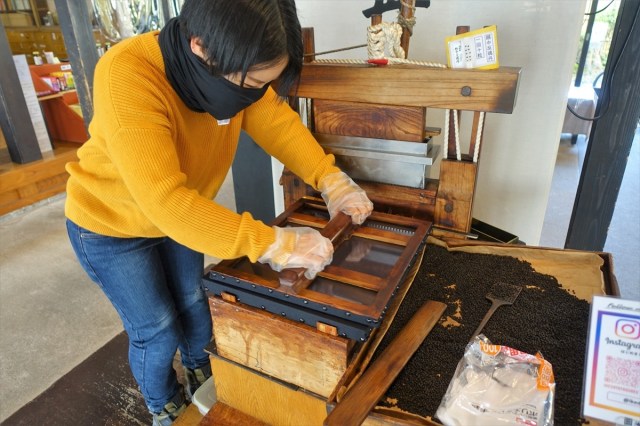
Our Japanese reporter adds ‘making drugs‘ to her SoraNews24 resume.
Our Japanese language reporter Haruka Takagi recently made a trip to Toyama Prefecture, famous for beautiful Starbucks stores, trout sushi and being a drug-dealing hotspot.
Yes, you read that right, but we aren’t talking about those kinds of drugs — Toyama Prefecture has a long history of providing Japan with pharmaceuticals, since 1690 in fact. Toyama Prefecture’s reputation as Japan’s medicine makers started back when Maeda Masatoshi, the second feudal lord of the domain of Toyama, gave a medicine called hangontan to a feudal lord which cured his pain and discomfort. Of course, in those days drugstores didn’t exist, so once word of Maeda’s magic medicine spread, ‘drug-dealers’ would travel around door to door selling their wares, coming back later to collect money only for any medicine used.
Even today, pharmaceutical production makes up over 15 percent of Toyama’s total industrial production, and Toyama is rightly proud of its rich medicinal history. As a result, a popular sightseeing spot for tourists is Ikedaya Yasubei Shoten, a store where visitors can experience the culture and history of medicine sales in Toyama. The store was founded in 1936 when they started manufacturing and selling hangontan, the same medicine that Maeda Masatoshi made back in 1690.
One of the things you can do at Ikedaya Yasubei Shoten is have a go at making your own medicine the way it used to be made. Not quite as far back as the 1600s, but visitors can create their own medicine using a machine dating back to just after the World War II.
Before Haruka turned her hand to making her own drugs, she was shown how the machine works.
The clay ‘medicine’ is pushed out from the back of the machine, using the foot pedal to feed the clay through small holes.
The clay is then sliced up into small pieces, about 5 millimeters (0.19 inches).
The small pieces of clay are then scooped out using a spatula-like tool and placed evenly in front of the machine.
To make them more even and pill-like, a large tablet-like tool is placed on top and gently pressed whilst rotating…
And ta-da! The pills were then dried for two days before being sold to the public.
▼ You can see the whole process in action in this video, uploaded by a visitor
Once the shop employee finished expertly making tiny, evenly shaped pills, it was Haruka’s turn. She was a little worried that when she was moving the tablet to flatten the pills, they would get moved around and get stuck together. Thankfully, the employee gave her a piece of advice before starting, saying “The trick is to press down and move the lid in a circular motion with an even amount of force. At first they will be stiff and hard to move, but when it feels like the pills are rolling around smoothly, they’re ready.”
The employee helped Haruka scoop out the pills, and it was time for her to press down.
Immediately, Haruka was met with some heavy resistance from her pills. What looked like a smooth process when the employee did it was a lot tougher than it looked, and as Haruka struggled to move her arm around, she could already feel some of the pills getting stuck together! Nightmare! She gingerly lifted the lid to inspect the damage and…
… any thought about switching careers to ‘drug-dealer’ immediately left her mind. They were all different shapes and sizes!
Of course, it’s important to make clear that the ‘medicine’ Haruka was making wasn’t real medicine; current Japanese law states that medicinal pills must be manufactured in a controlled factory to prevent any foreign substances from being mixed in. Instead, Haruka created some clay ‘dummy’ pills, that looked just like the real thing.
The employee offered some advice, commenting ‘That’s what happens when you don’t apply an even amount of pressure… but these are still totally fine!” before giving Haruka a paper balloon as a consolation prize. The paper balloons are said to be a reproduction of the ones drug sellers used to give away as souvenirs to their customers.
As well as making her own medicine, Haruka got to see other historical artefacts, like these baskets used by drug-sellers back in the day to sell their wares…
… and wheels that were used to grind herbs into powder for medicines.
After her whirlwind trip through Japan’s history of medicine, Haruka decided to treat herself with the very hangontan pills that started it all. If you didn’t know any better, you could almost mistake them for flower seeds. They didn’t look anything like the medicine we’re used to today.
But how did they taste? Haruka popped some of the pills in her mouth, expecting to be whisked back to the Edo period. If she closed her eyes, maybe she could imagine she was a feudal lord who had just received some medicine from Masatoshi Maeda, ready to make history…
Instead, she was quickly brought back to present day with the bitter taste and foul smell of the pills. The smell and aftertaste was akin to moss or wild grass, and was reminded of the Japanese saying ‘Ryouyaku kuchi ni nigashi’, meaning ‘good medicine tastes bitter’, or ‘the advice you find the hardest to take is often the most useful’.
While Haruka was grateful for all of Masatoshi Maeda’s contributions to the history of medicine, she was quietly relieved at how far pharmaceuticals have come since then.
Shop information
Ikedaya Yasubei Shoten / 池田安兵衛商店
Address: Toyama Prefecture, Toyama City, 1-3-5 Tsutsumichodori
富山県富山市堤町通り1-3-5
Open 9 a.m.-6 p.m.
Website
Photos © SoraNews24
● Want to hear about SoraNews24’s latest articles as soon as they’re published? Follow us on Facebook and Twitter!
[ Read in Japanese ]

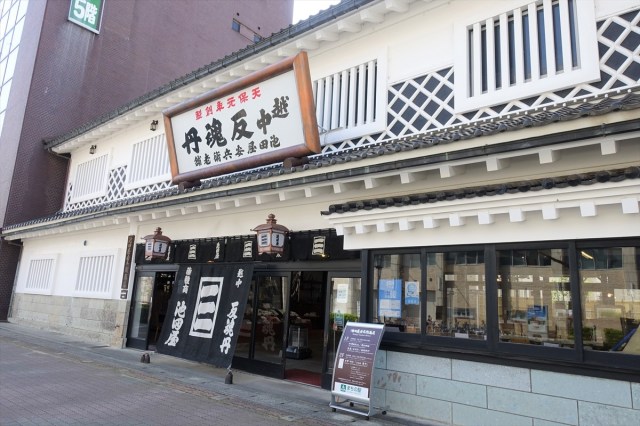
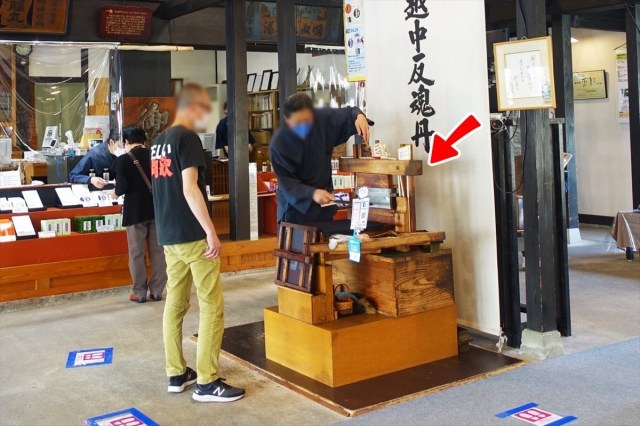
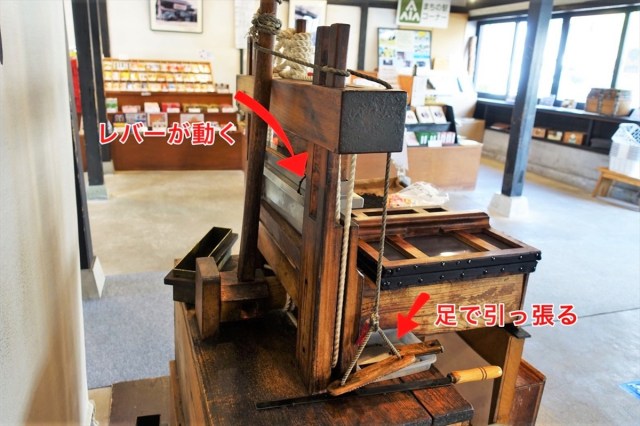
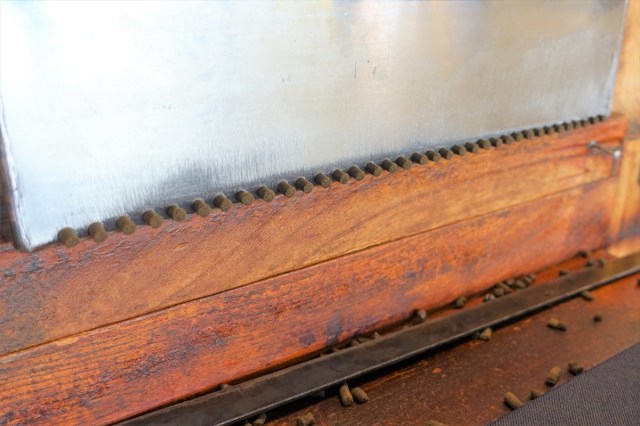
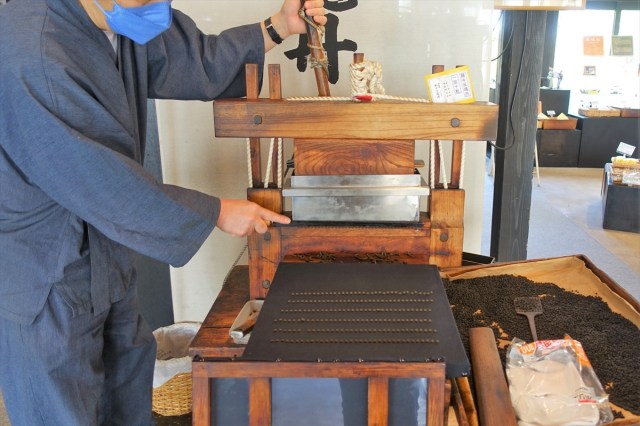
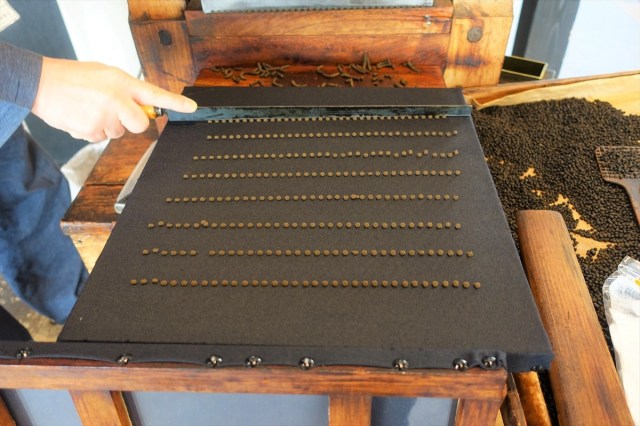
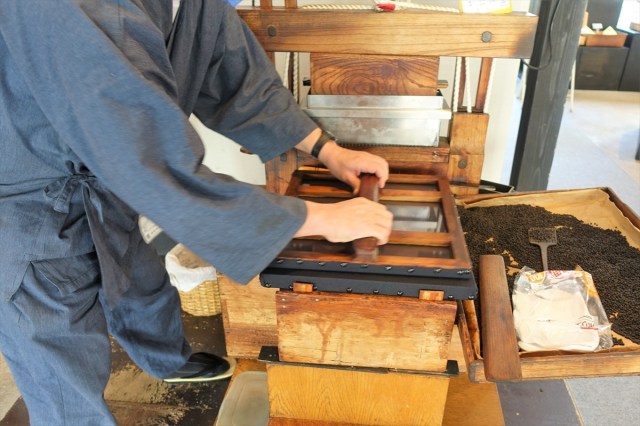
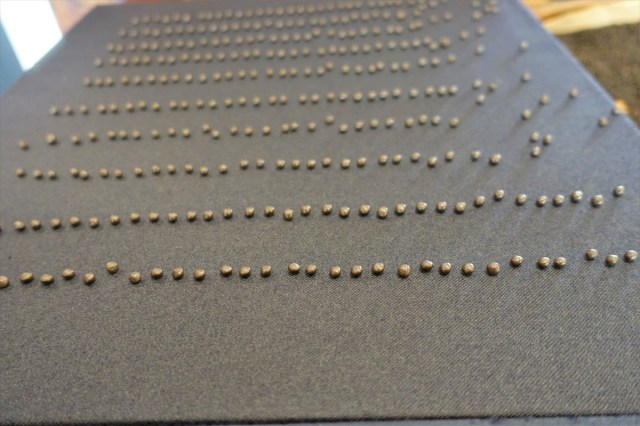
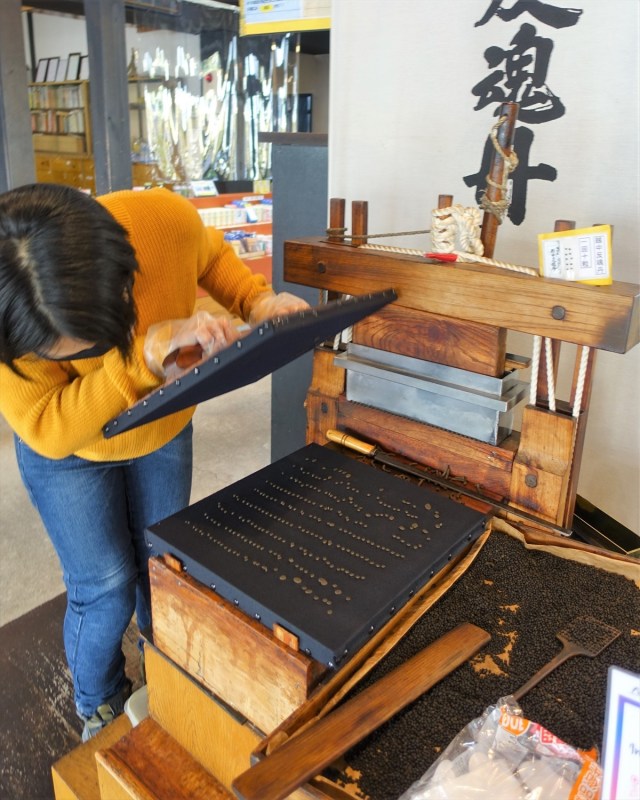

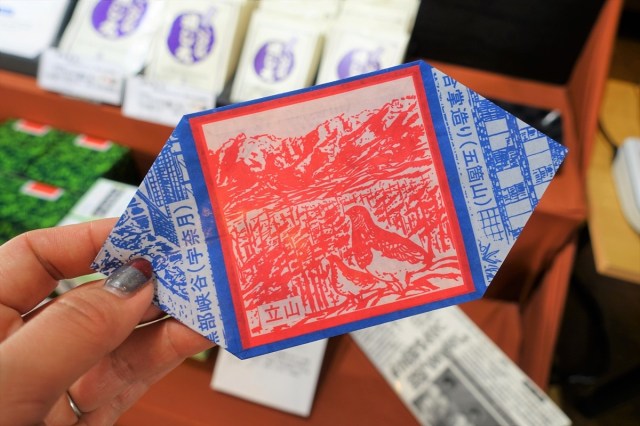
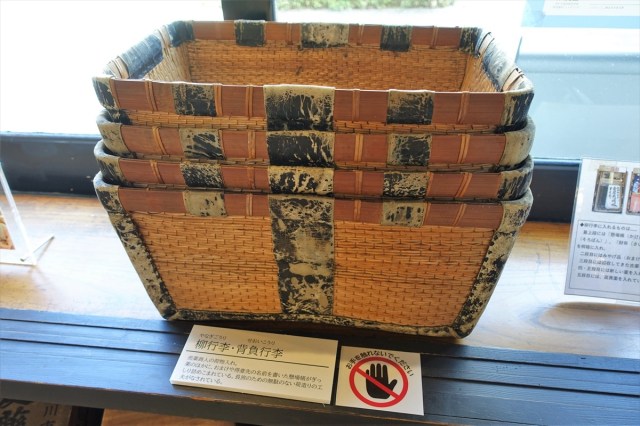
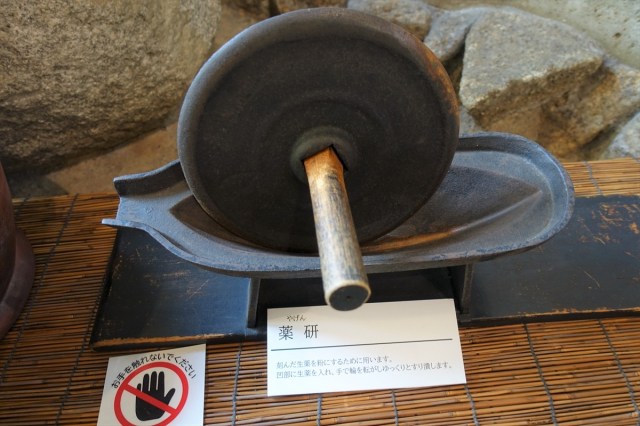
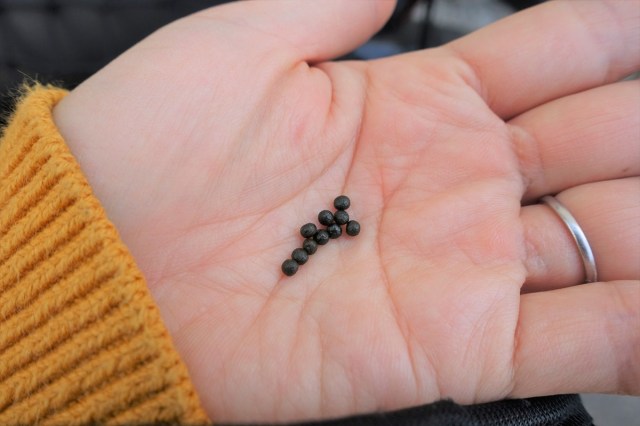
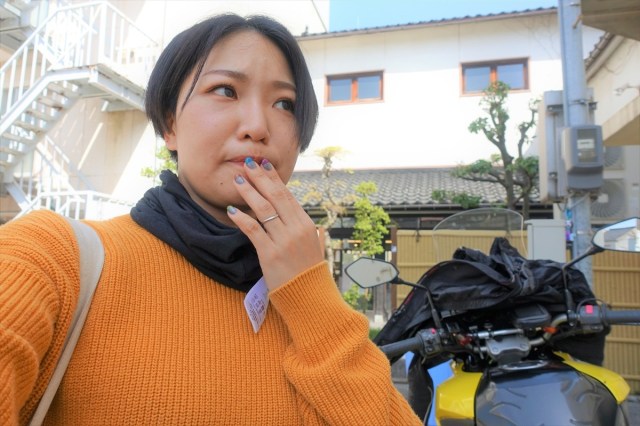
 Daiso vs. Seria: Which sells the better egg white whipper? We find out【SoraKitchen】
Daiso vs. Seria: Which sells the better egg white whipper? We find out【SoraKitchen】 We visit Kaiyodo Kappa Museum: dedicated to a yokai that loves cucumbers and human souls
We visit Kaiyodo Kappa Museum: dedicated to a yokai that loves cucumbers and human souls Vending machine noodle ice cream: A retro icon in Japan brings joy to a new generation
Vending machine noodle ice cream: A retro icon in Japan brings joy to a new generation We visit a train station in historical ninja town, see ninja trick art, and become ninjas ourselves
We visit a train station in historical ninja town, see ninja trick art, and become ninjas ourselves The most expensive ice cream in Japan? Metallic soft serve frays the nerves of staff who make it
The most expensive ice cream in Japan? Metallic soft serve frays the nerves of staff who make it Red light district sushi restaurant in Tokyo shows us just how wrong we were about it
Red light district sushi restaurant in Tokyo shows us just how wrong we were about it Japanese ramen restaurants under pressure from new yen banknotes
Japanese ramen restaurants under pressure from new yen banknotes Tokyo Tsukiji fish market site to be redeveloped with 50,000-seat stadium, hotel, shopping center
Tokyo Tsukiji fish market site to be redeveloped with 50,000-seat stadium, hotel, shopping center Mt. Koya planning to instate visitor’s tax to cope with huge tourist numbers
Mt. Koya planning to instate visitor’s tax to cope with huge tourist numbers Sandwiches fit for a sumo served up in Osaka【Taste Test】
Sandwiches fit for a sumo served up in Osaka【Taste Test】 McDonald’s new Happy Meals offer up cute and practical Sanrio lifestyle goods
McDonald’s new Happy Meals offer up cute and practical Sanrio lifestyle goods Japanese company starts project to restore Nakagin Capsules to capsule hotel
Japanese company starts project to restore Nakagin Capsules to capsule hotel Akihabara pop-up shop sells goods made by Japanese prison inmates
Akihabara pop-up shop sells goods made by Japanese prison inmates Pokémon Sleep camping suite and guestrooms coming to Tokyo Hyatt along with giant Snorlax burgers
Pokémon Sleep camping suite and guestrooms coming to Tokyo Hyatt along with giant Snorlax burgers Beautiful Ghibli sealing wax kits let you create accessories and elegant letter decorations【Pics】
Beautiful Ghibli sealing wax kits let you create accessories and elegant letter decorations【Pics】 All-you-can-drink Starbucks and amazing views part of Tokyo’s new 170 meter-high sky lounge
All-you-can-drink Starbucks and amazing views part of Tokyo’s new 170 meter-high sky lounge More foreign tourists than ever before in history visited Japan last month
More foreign tourists than ever before in history visited Japan last month French Fries Bread in Tokyo’s Shibuya becomes a hit on social media
French Fries Bread in Tokyo’s Shibuya becomes a hit on social media Studio Ghibli releases new action figures featuring Nausicaä of the Valley of the Wind characters
Studio Ghibli releases new action figures featuring Nausicaä of the Valley of the Wind characters New private rooms on Tokaido Shinkansen change the way we travel from Tokyo to Kyoto
New private rooms on Tokaido Shinkansen change the way we travel from Tokyo to Kyoto Starbucks reopens at Shibuya Scramble Crossing with new look and design concept
Starbucks reopens at Shibuya Scramble Crossing with new look and design concept Studio Ghibli glasses cases let anime characters keep an eye on your spectacles
Studio Ghibli glasses cases let anime characters keep an eye on your spectacles Studio Ghibli releases Kiki’s Delivery Service chocolate cake pouches in Japan
Studio Ghibli releases Kiki’s Delivery Service chocolate cake pouches in Japan New definition of “Japanese whiskey” goes into effect to prevent fakes from fooling overseas buyers
New definition of “Japanese whiskey” goes into effect to prevent fakes from fooling overseas buyers Our Japanese reporter visits Costco in the U.S., finds super American and very Japanese things
Our Japanese reporter visits Costco in the U.S., finds super American and very Japanese things Studio Ghibli unveils Mother’s Day gift set that captures the love in My Neighbour Totoro
Studio Ghibli unveils Mother’s Day gift set that captures the love in My Neighbour Totoro New Japanese KitKat flavour stars Sanrio characters, including Hello Kitty
New Japanese KitKat flavour stars Sanrio characters, including Hello Kitty New Pokémon cakes let you eat your way through Pikachu and all the Eevee evolutions
New Pokémon cakes let you eat your way through Pikachu and all the Eevee evolutions Disney princesses get official manga makeovers for Manga Princess Cafe opening in Tokyo
Disney princesses get official manga makeovers for Manga Princess Cafe opening in Tokyo Sales of Japan’s most convenient train ticket/shopping payment cards suspended indefinitely
Sales of Japan’s most convenient train ticket/shopping payment cards suspended indefinitely Sold-out Studio Ghibli desktop humidifiers are back so Totoro can help you through the dry season
Sold-out Studio Ghibli desktop humidifiers are back so Totoro can help you through the dry season Japanese government to make first change to romanization spelling rules since the 1950s
Japanese government to make first change to romanization spelling rules since the 1950s Ghibli founders Toshio Suzuki and Hayao Miyazaki contribute to Japanese whisky Totoro label design
Ghibli founders Toshio Suzuki and Hayao Miyazaki contribute to Japanese whisky Totoro label design Doraemon found buried at sea as scene from 1993 anime becomes real life【Photos】
Doraemon found buried at sea as scene from 1993 anime becomes real life【Photos】 Tokyo’s most famous Starbucks is closed
Tokyo’s most famous Starbucks is closed One Piece characters’ nationalities revealed, but fans have mixed opinions
One Piece characters’ nationalities revealed, but fans have mixed opinions We asked a Uniqlo employee what four things we should buy and their suggestions didn’t disappoint
We asked a Uniqlo employee what four things we should buy and their suggestions didn’t disappoint Princesses, fruits, and blacksmiths: Study reveals the 30 most unusual family names in Japan
Princesses, fruits, and blacksmiths: Study reveals the 30 most unusual family names in Japan Is a camping toaster from Daiso any good? We tested one so you don’t have to!
Is a camping toaster from Daiso any good? We tested one so you don’t have to! Making a traditional Japanese dessert from “heaven grass”【Photos】
Making a traditional Japanese dessert from “heaven grass”【Photos】 Weird Japanese vending machine find gives us unique sweet potato sweets
Weird Japanese vending machine find gives us unique sweet potato sweets Puyo Puyo Manju return after 21 years…and our Puyo Puyo fan reporter achieves a childhood dream
Puyo Puyo Manju return after 21 years…and our Puyo Puyo fan reporter achieves a childhood dream Weird Japanese vending machine comes with a heartwarming twist
Weird Japanese vending machine comes with a heartwarming twist Can slapping on some nose filters prevent the anguish of hay fever?
Can slapping on some nose filters prevent the anguish of hay fever? How much difference does the choice of mold make in fermenting food?
How much difference does the choice of mold make in fermenting food? We hunt for Dom Pérignon in these wine fukubukuro lucky bag boxes from Kaldi
We hunt for Dom Pérignon in these wine fukubukuro lucky bag boxes from Kaldi Weird Japanese gacha lucky dip vending machine gives us more than we bargained for
Weird Japanese gacha lucky dip vending machine gives us more than we bargained for Genetically altered rice could solve Japan’s pollen allergy problem
Genetically altered rice could solve Japan’s pollen allergy problem Japanese government approves proposal to let women buy morning-after pills without prescription
Japanese government approves proposal to let women buy morning-after pills without prescription Japanese bento serves up a slice of the samurai life in a special carry case
Japanese bento serves up a slice of the samurai life in a special carry case Japanese actress wows in stunning edible dress made of vegetable slices【Video】
Japanese actress wows in stunning edible dress made of vegetable slices【Video】 JR West teams up with Hello Kitty to clad its Kansai Special Rapid train in kawaii decals
JR West teams up with Hello Kitty to clad its Kansai Special Rapid train in kawaii decals Visit a pepper-packed tribute to spiciness tucked away in an Osaka food court
Visit a pepper-packed tribute to spiciness tucked away in an Osaka food court
Leave a Reply